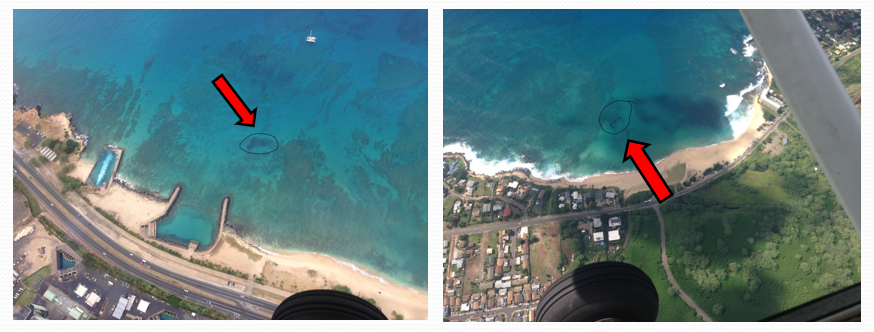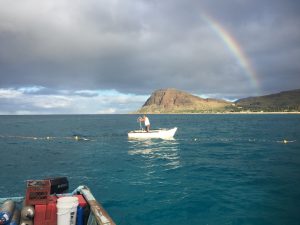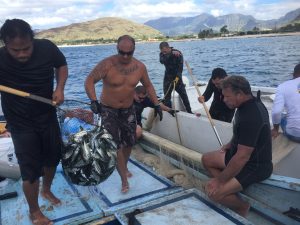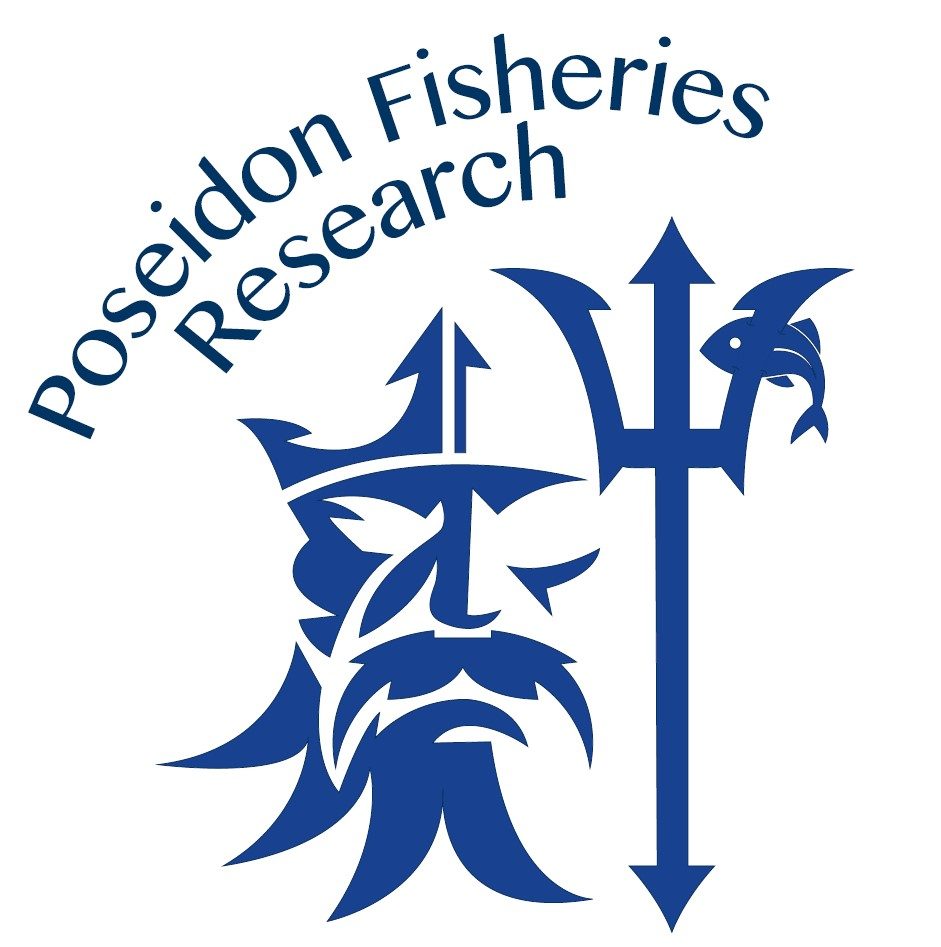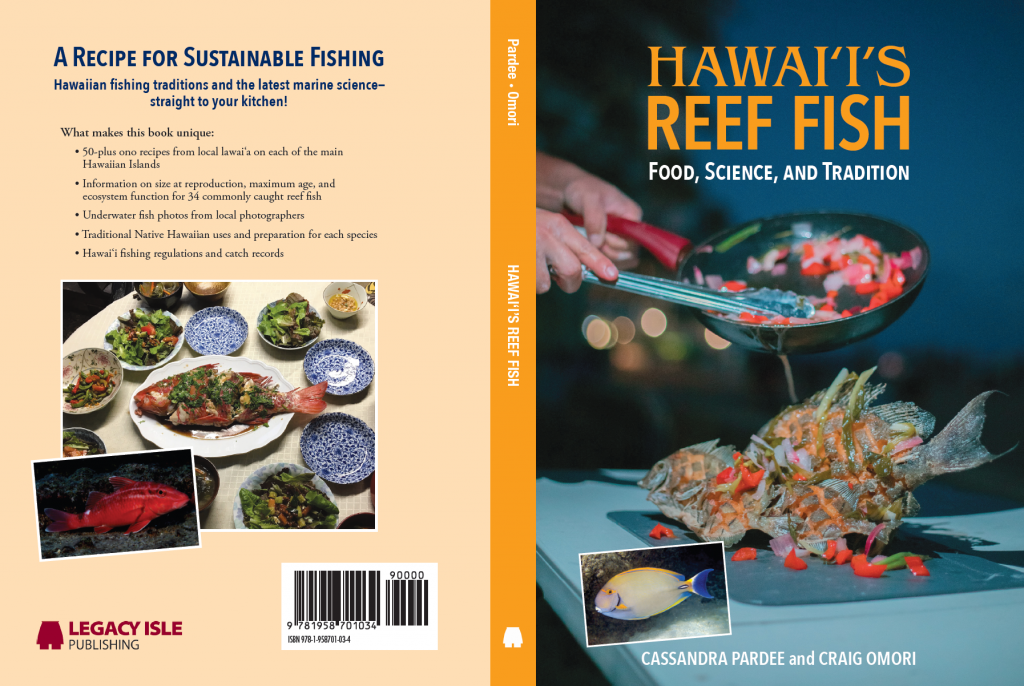Poseidon Fisheries Research teamed up with local fishers and chefs to create a cookbook full of ono recipes and practical knowledge to sustainably harvest reef fish. We included scientific information on each fish species’ size at maturity, maximum recorded age, and role in the ecosystem. The cookbook also includes historical and cultural information on the various reef fish. This book is your one stop shop for learning about the biology and fishery for native reef fish species while trying new ways to enjoy your favorite catch!
ULUA SPAWNING SEASONS
Hawaii has large recreational and non-commercial fishing communities where Ulua (Caranx ignobilis) and Omilu (Caranx melampygus) are highly targeted and prized species. Cultural knowledge of lunar and seasonal spawning for these species has been a historical resource for traditional Hawaiian management. The stability and long-term sustainability of fisheries are strengthened when individuals possessing such cultural knowledge and fishery researchers work together.
We implemented a cooperative research study focused on combining traditional fisher knowledge with modern reproduction assessments to support collaborative fishery management. Recreational fishermen were trained to conduct macroscopic gonadal (reproductive organs) identification of sex and spawning in these two species.
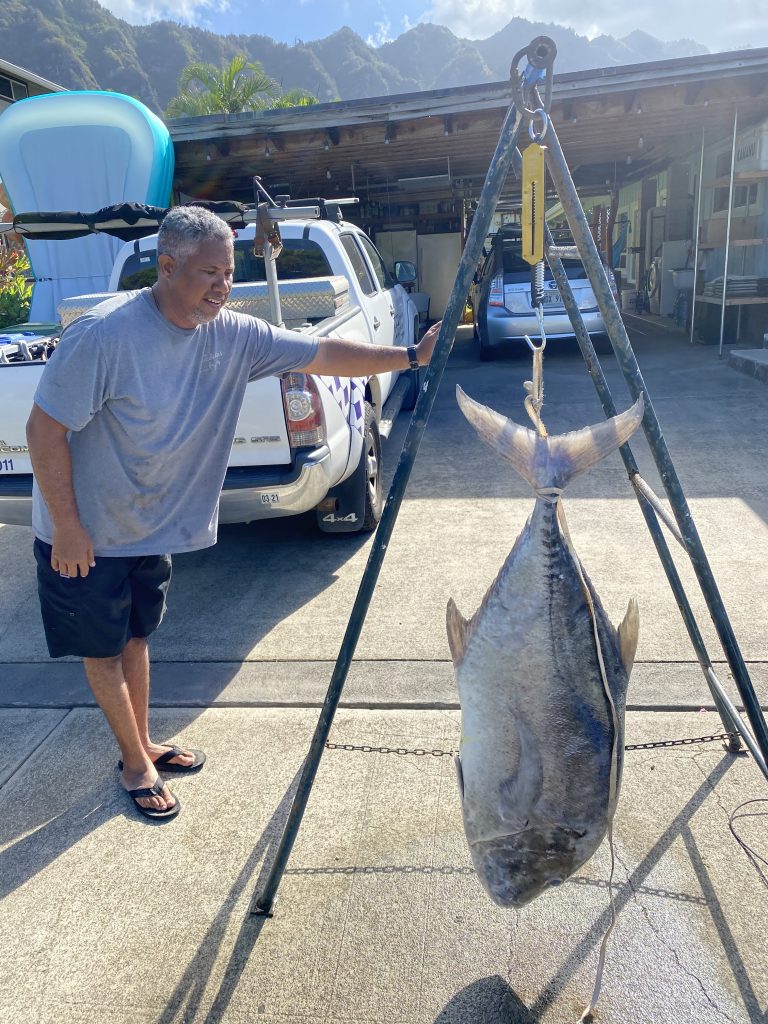
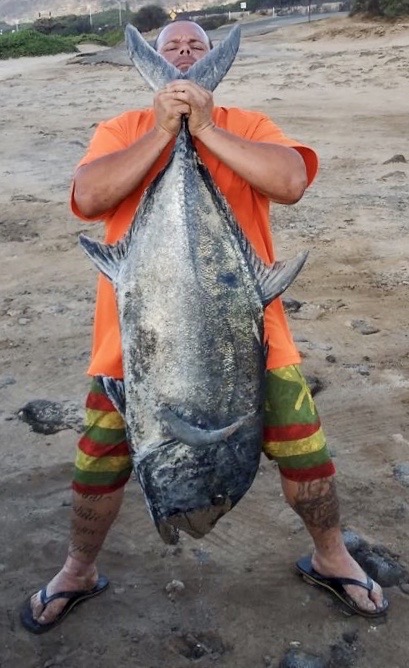
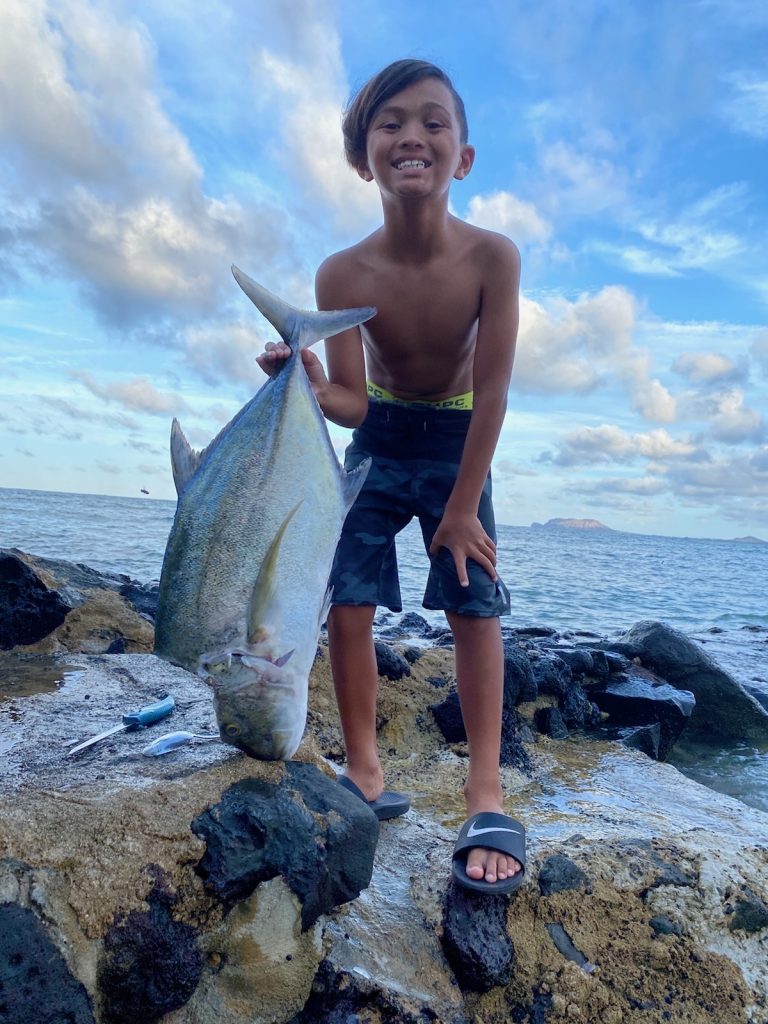
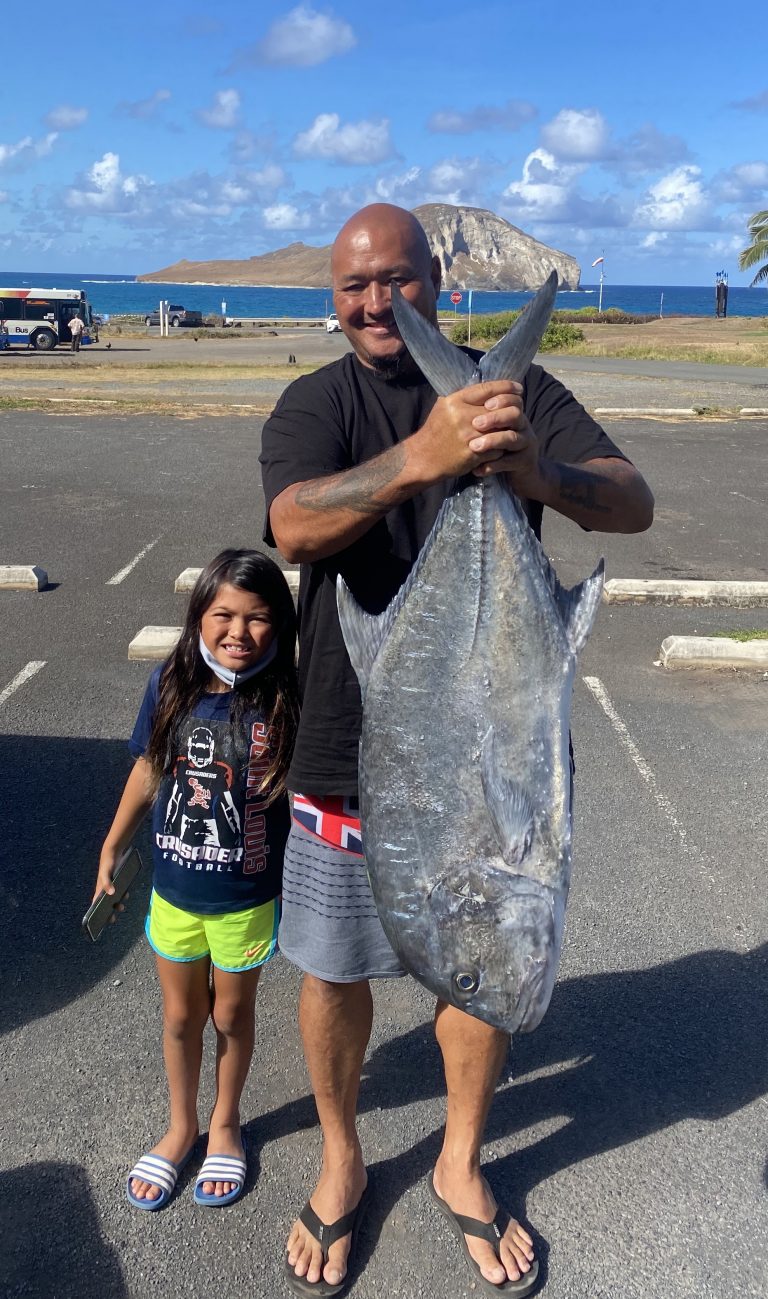
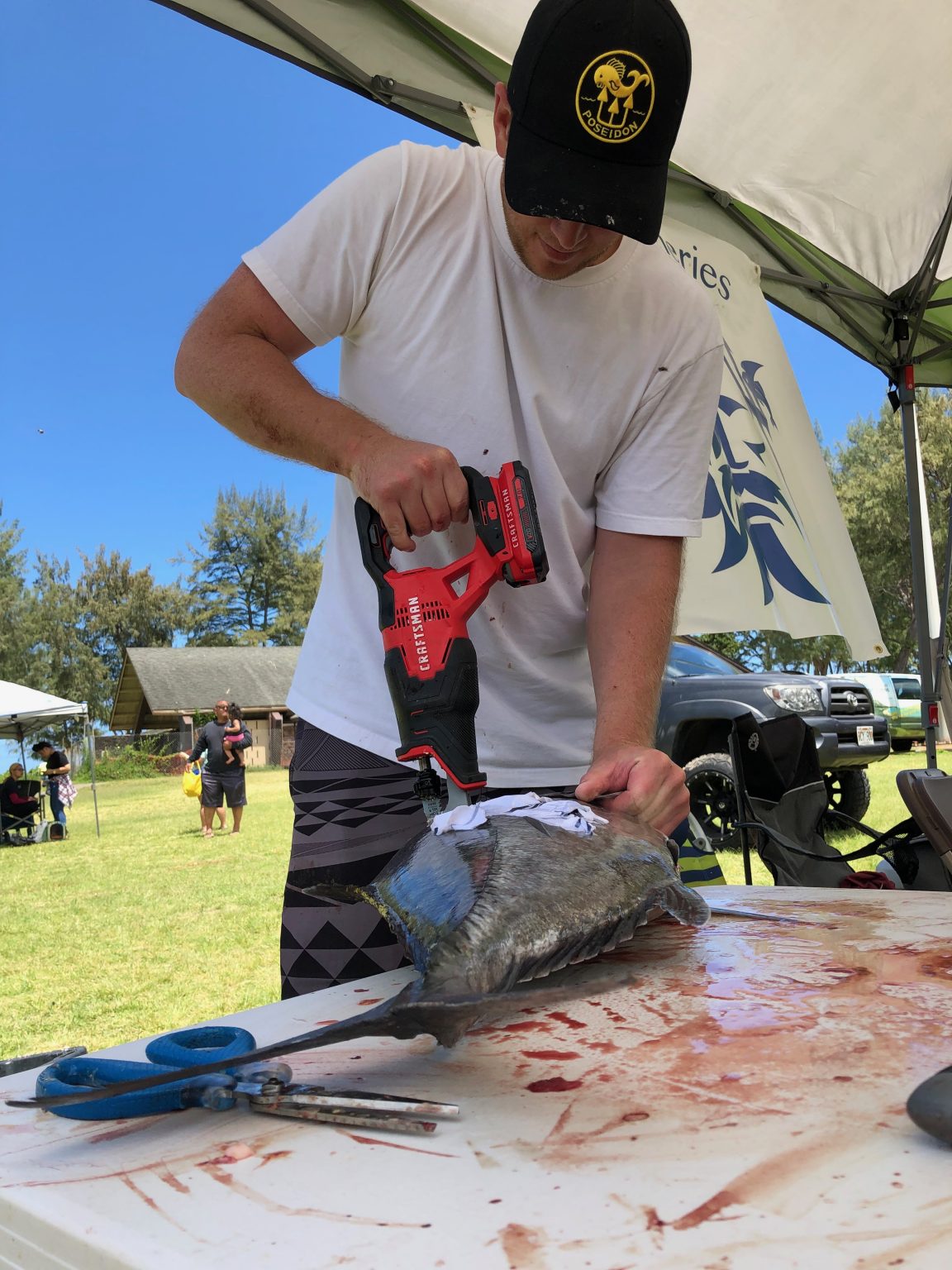
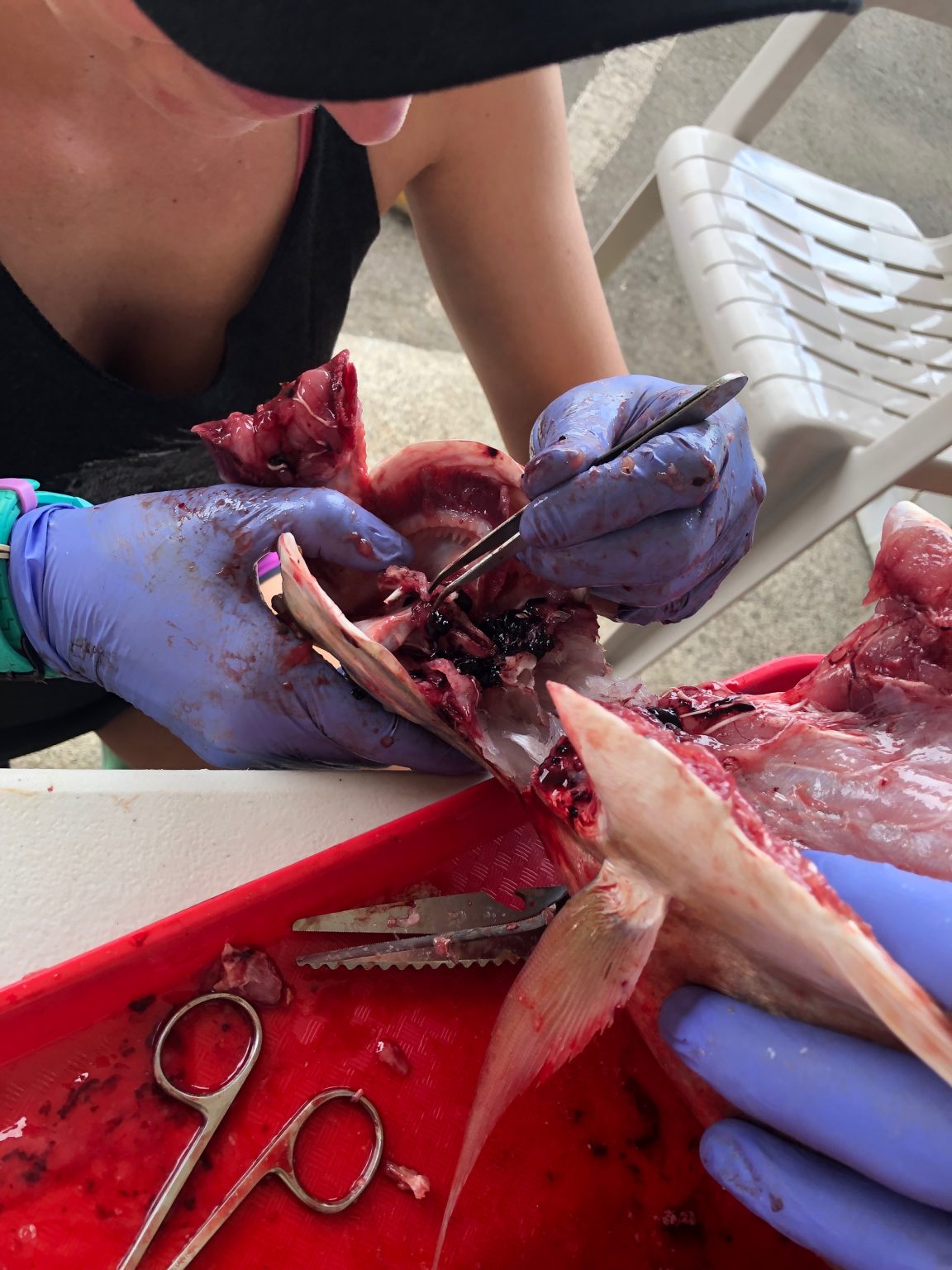
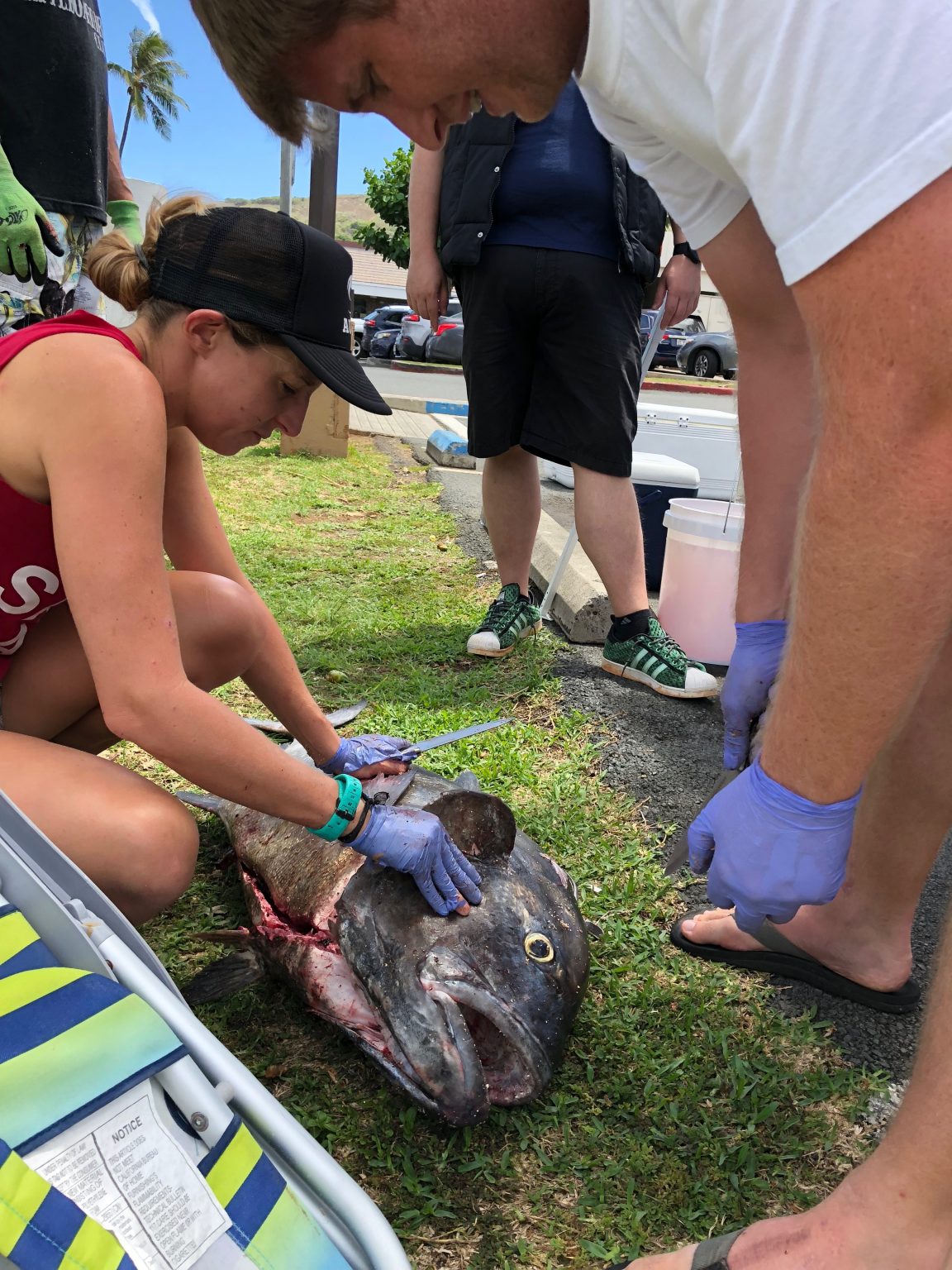
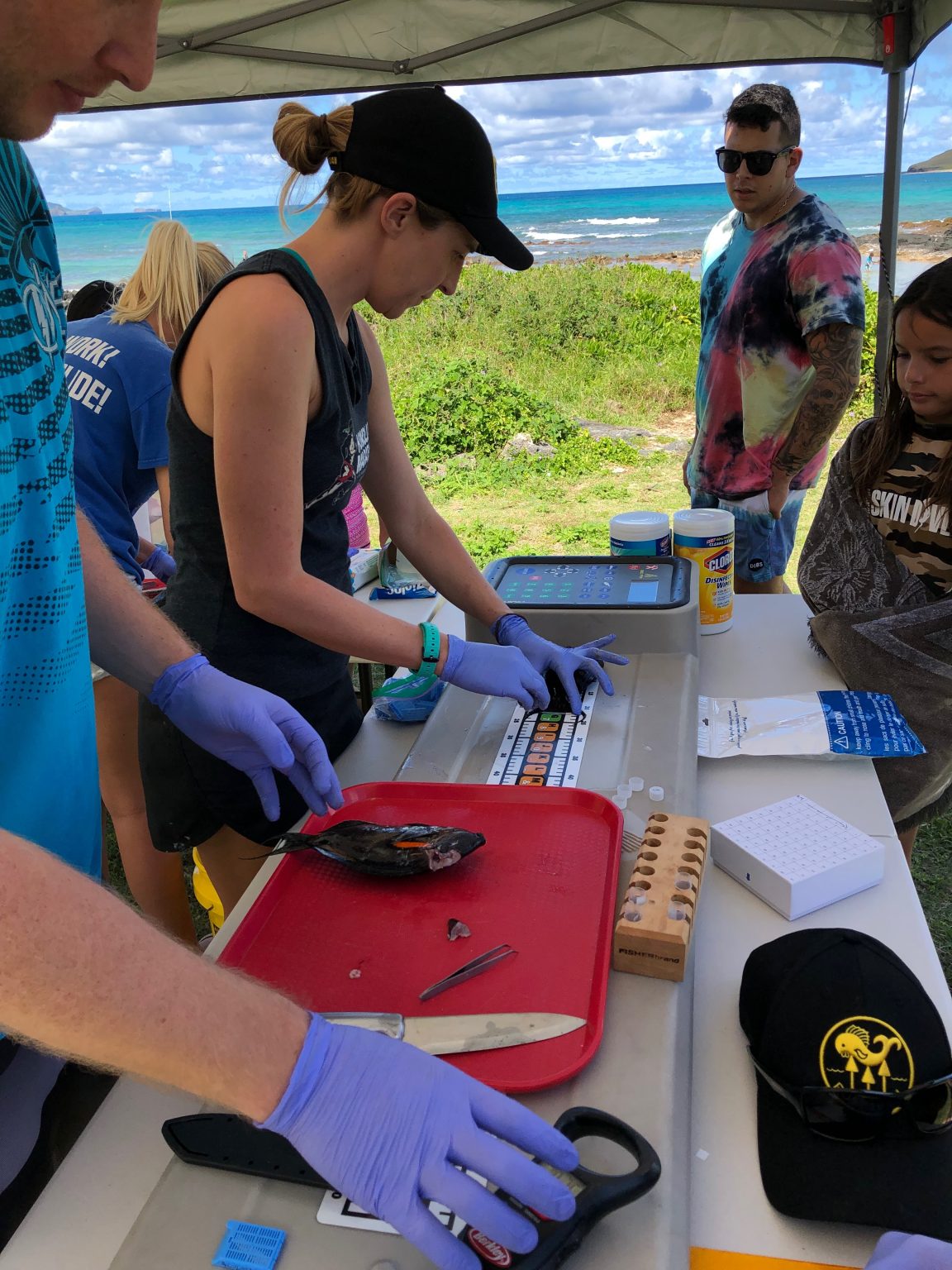
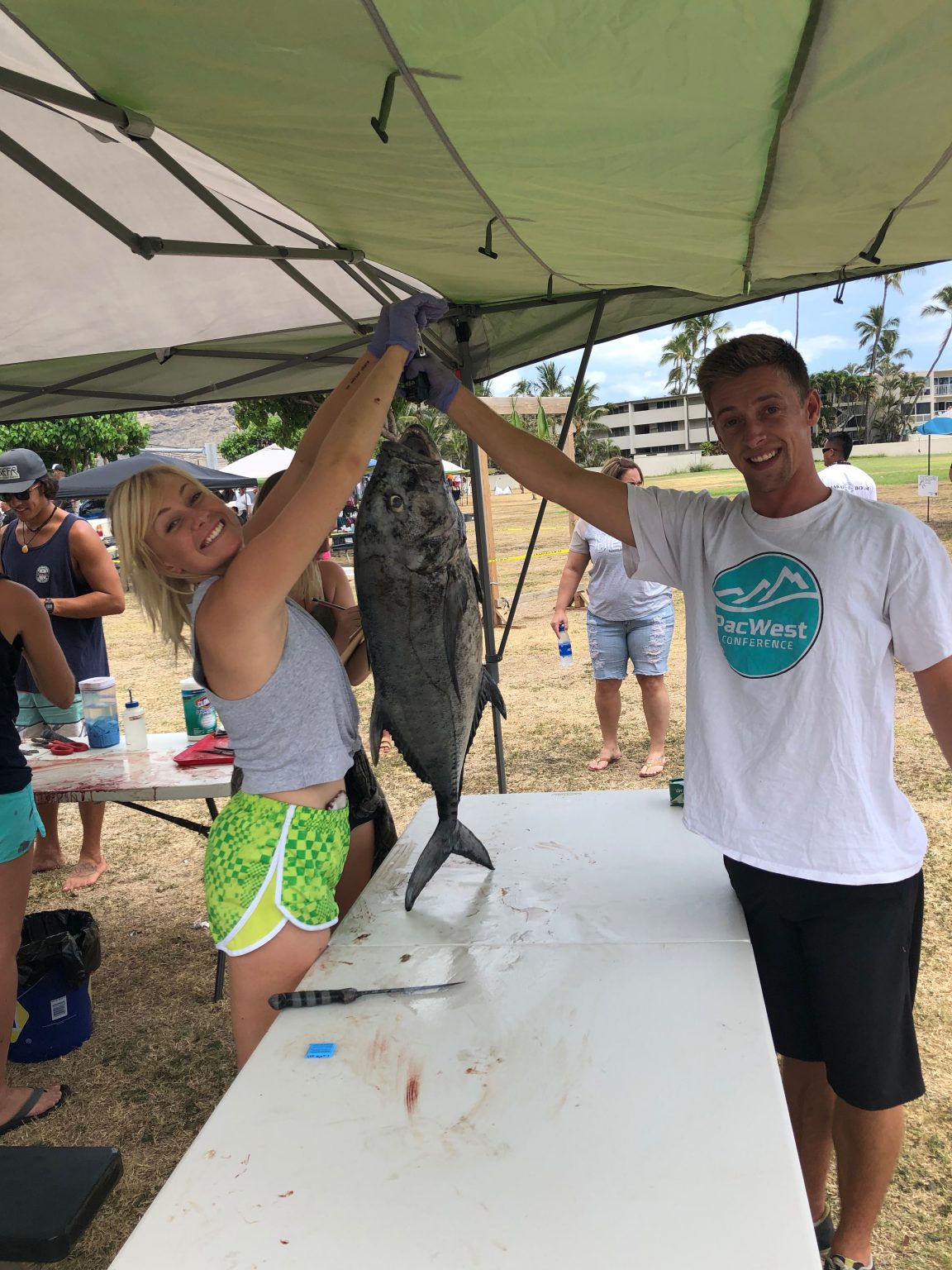
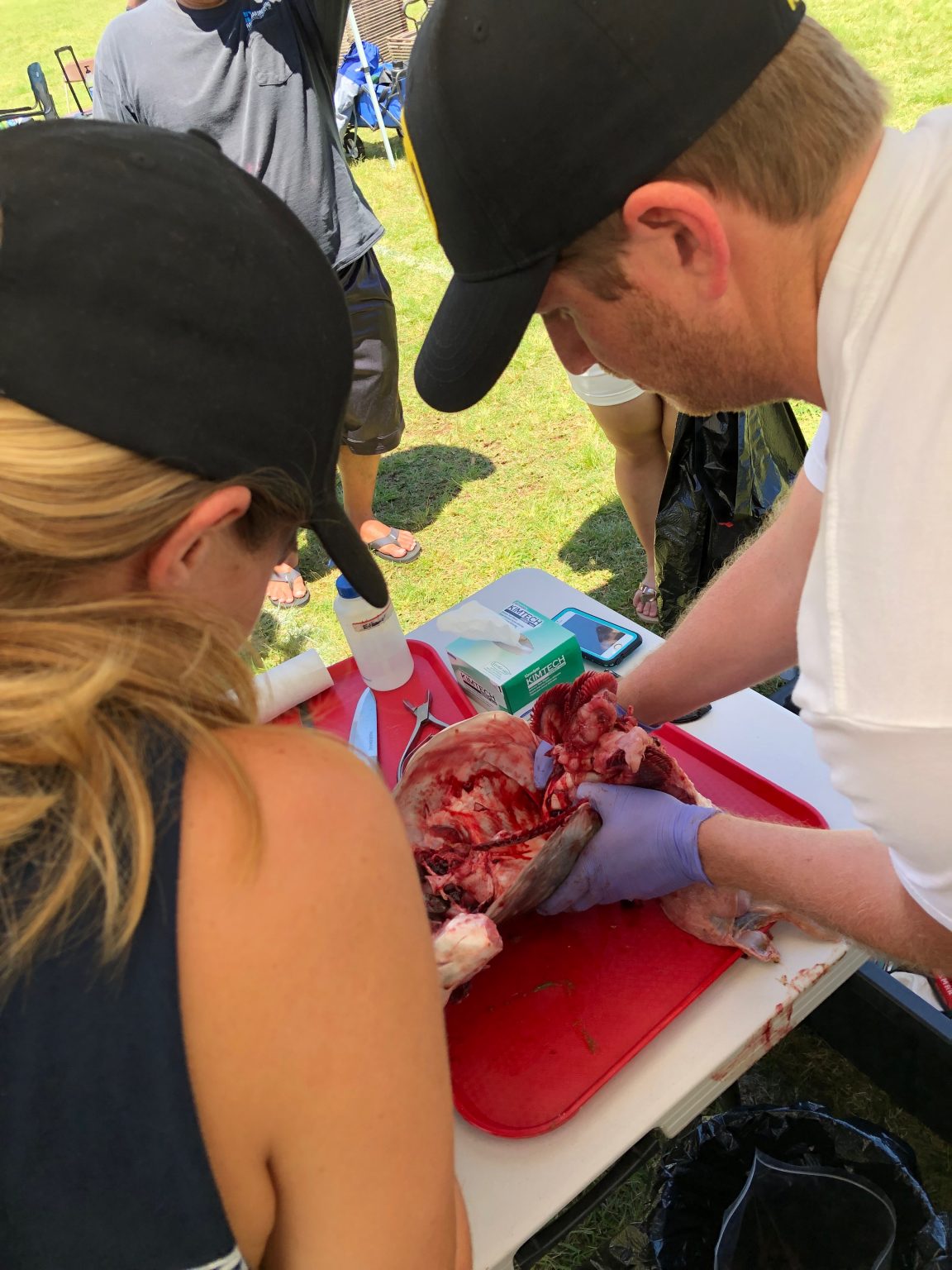
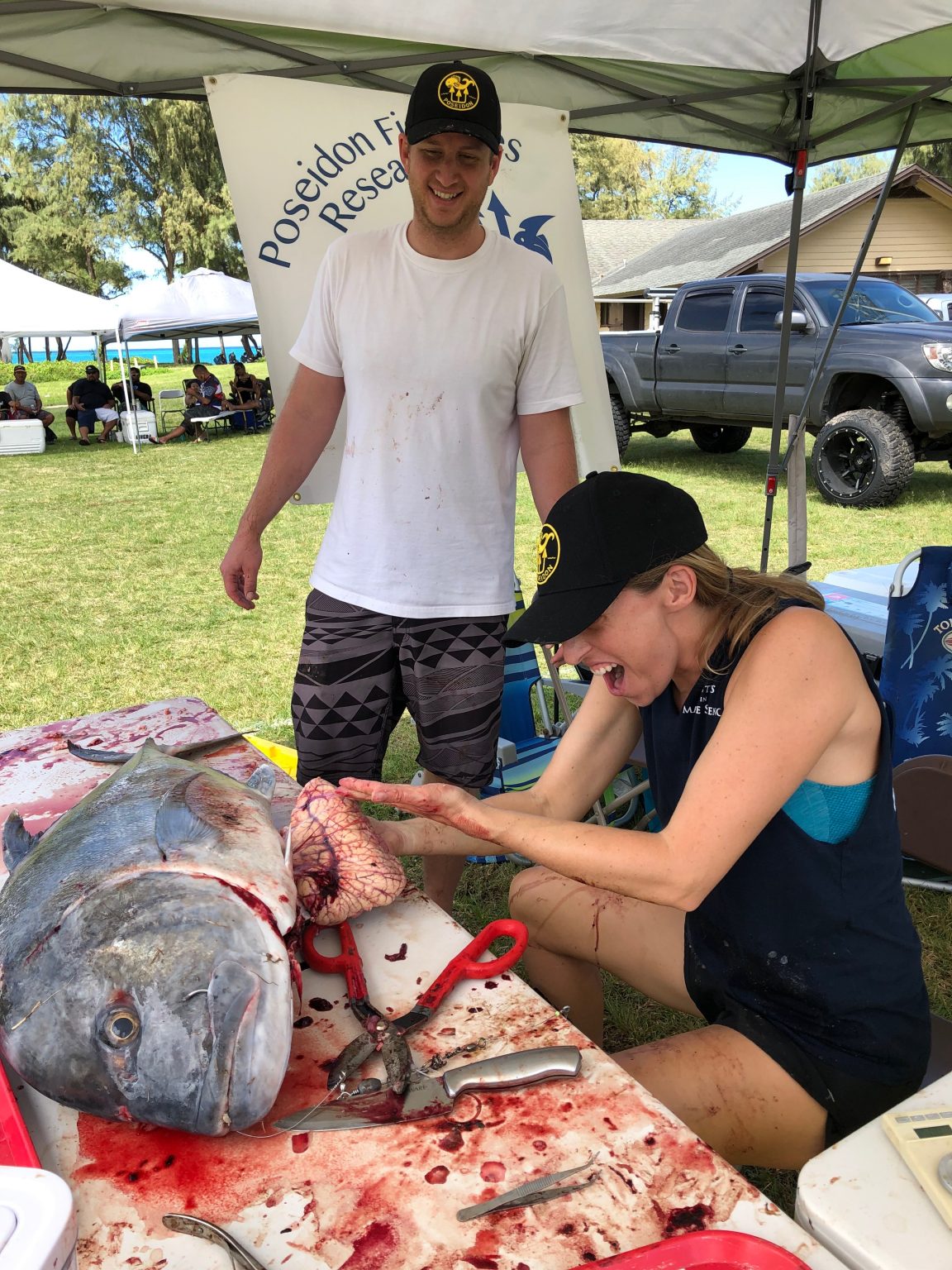


Relatively little is known about the growth and maturity of commonly caught coral reef associated fish species within Hawaiian waters. We are working with local fish vendors and fishers to characterize all the various reef species being caught and sold here in Hawai’i. Additionally, we are dissecting these fish to determine their age, growth, and maturation. This local life history information will then be used to improve the models used for stock assessments, ultimately allowing managers to make more informed decisions regarding catch limits to ensure overfishing is not occurring.
Click here to learn more about this study. Publications below:
Pardee et al. 2022_Comparative demography of four large-bodied surgeonfish
Pardee and Wiley 2022_Life history of the humpnose big-eye bream Monotaxis grandoculis
Approximately 80% of captured Kona crabs must be released due to the current regulations restricting any take of females and males under a 4-in carapace length. This study determined the post-release mortality of discarded crabs based on common injuries suffered during the fishing process.
Wiley and Pardee 2018_Post Release Mortality in the Hawaiian Kona Crab Fishery
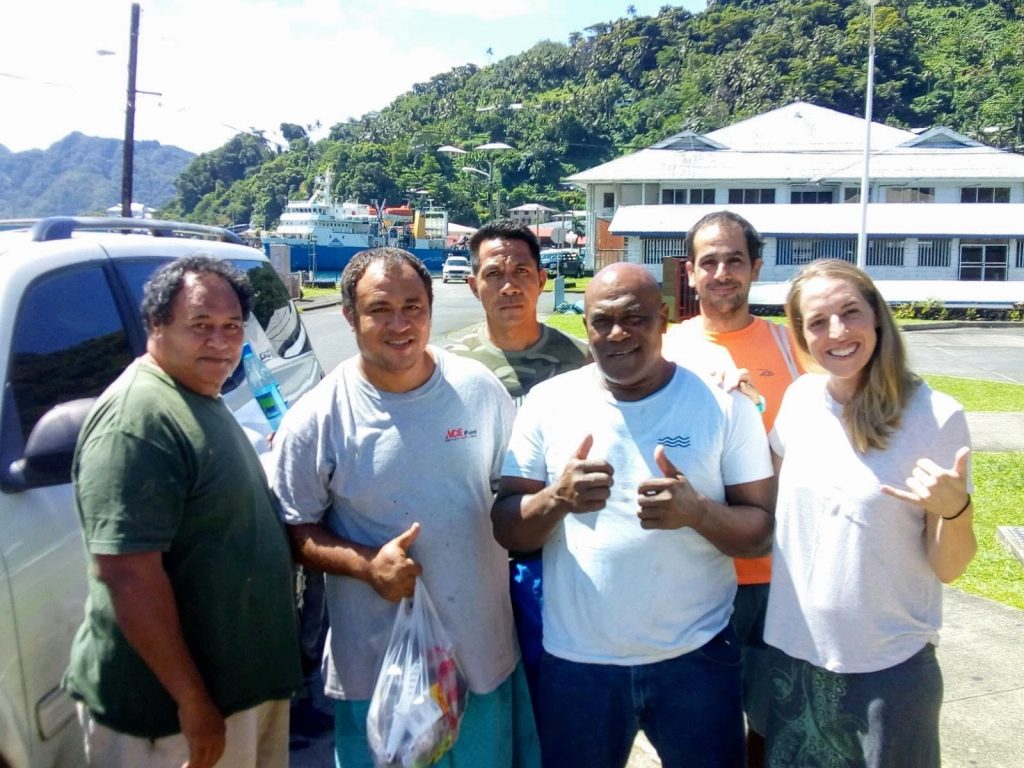
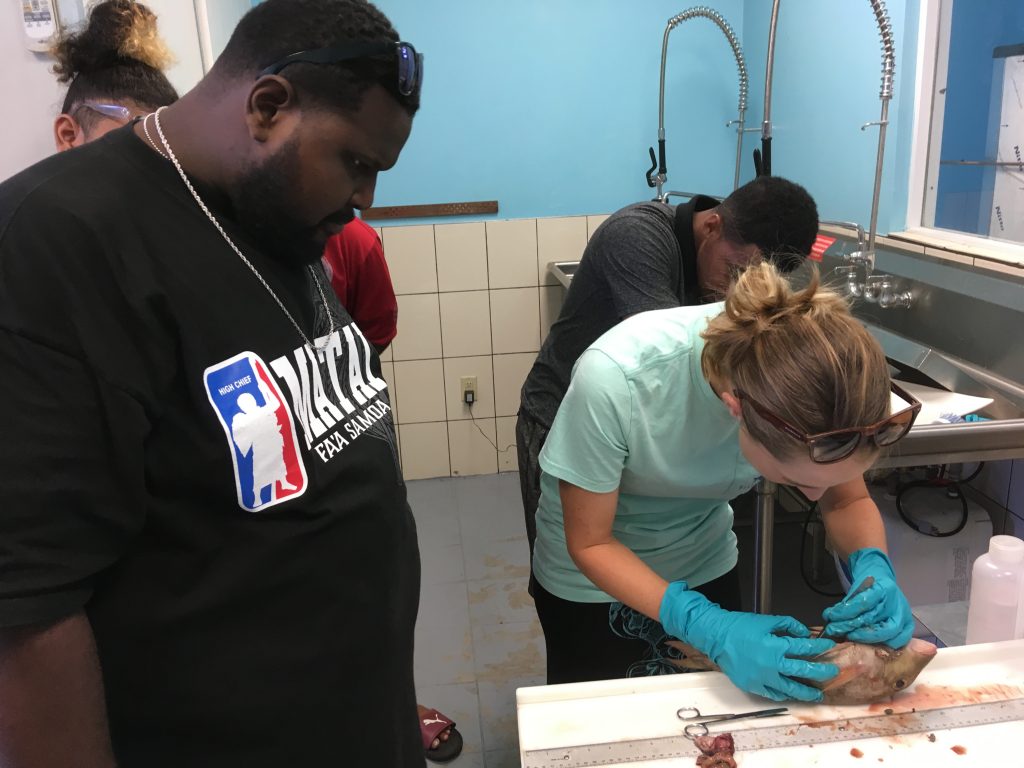
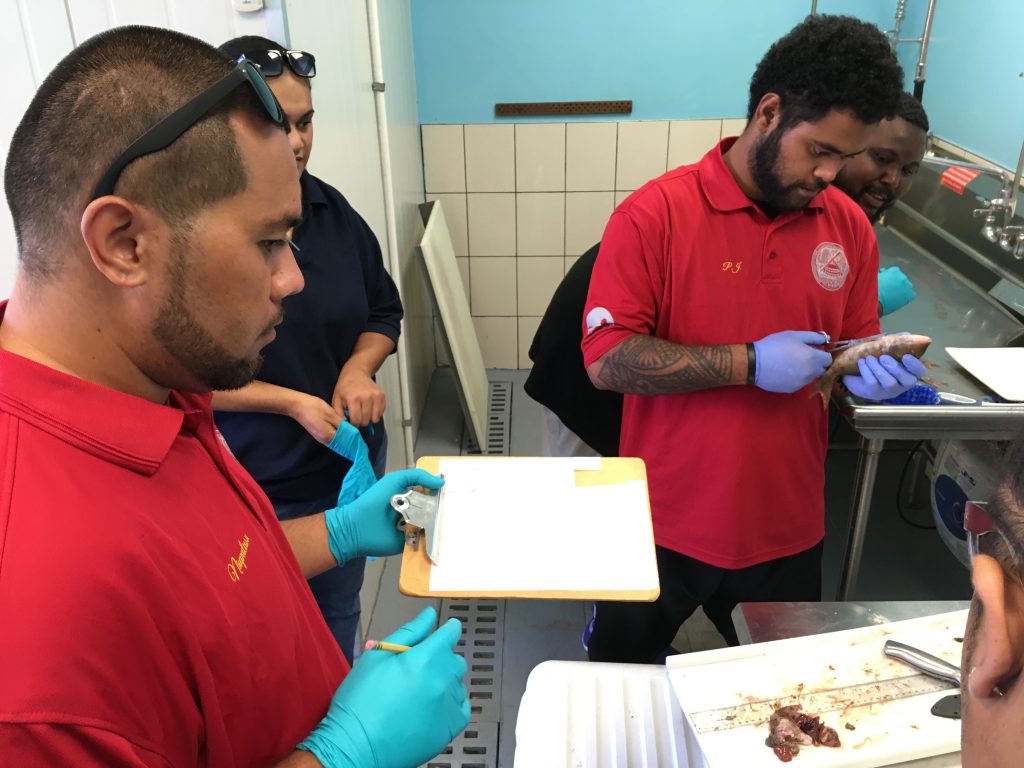
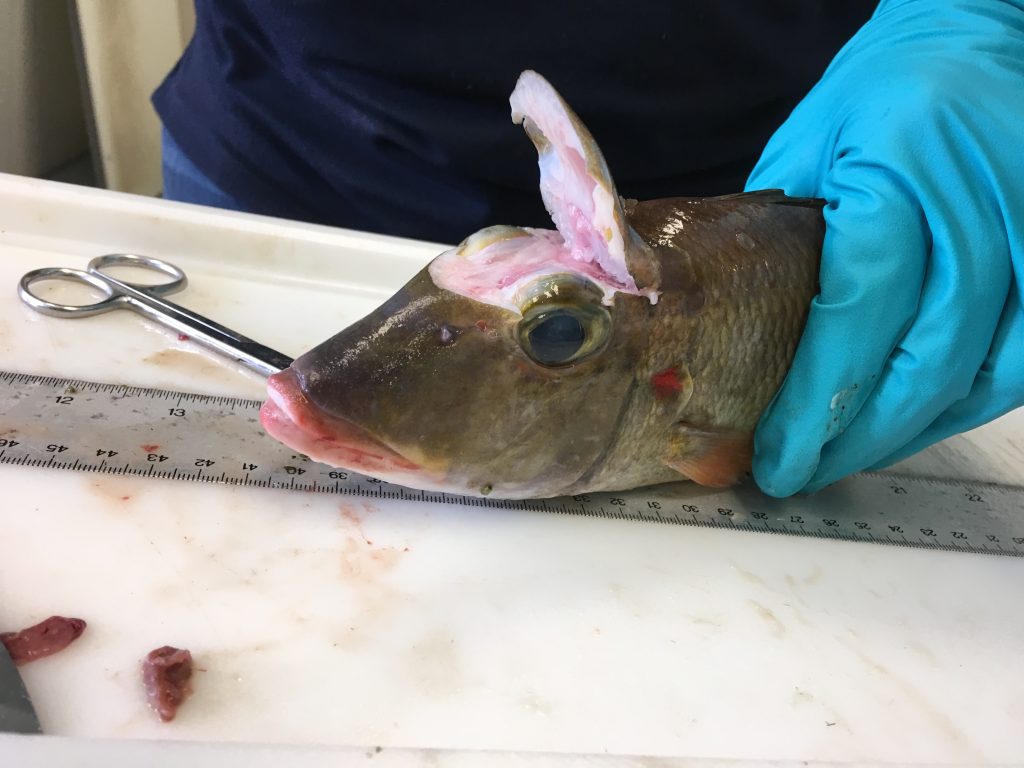
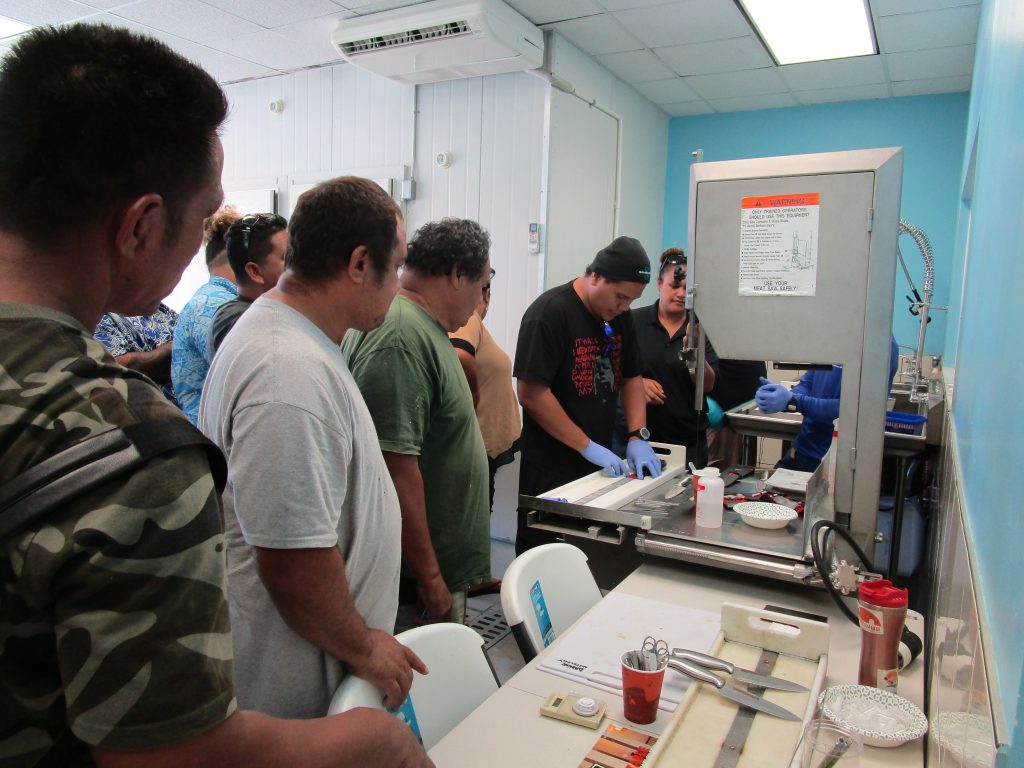
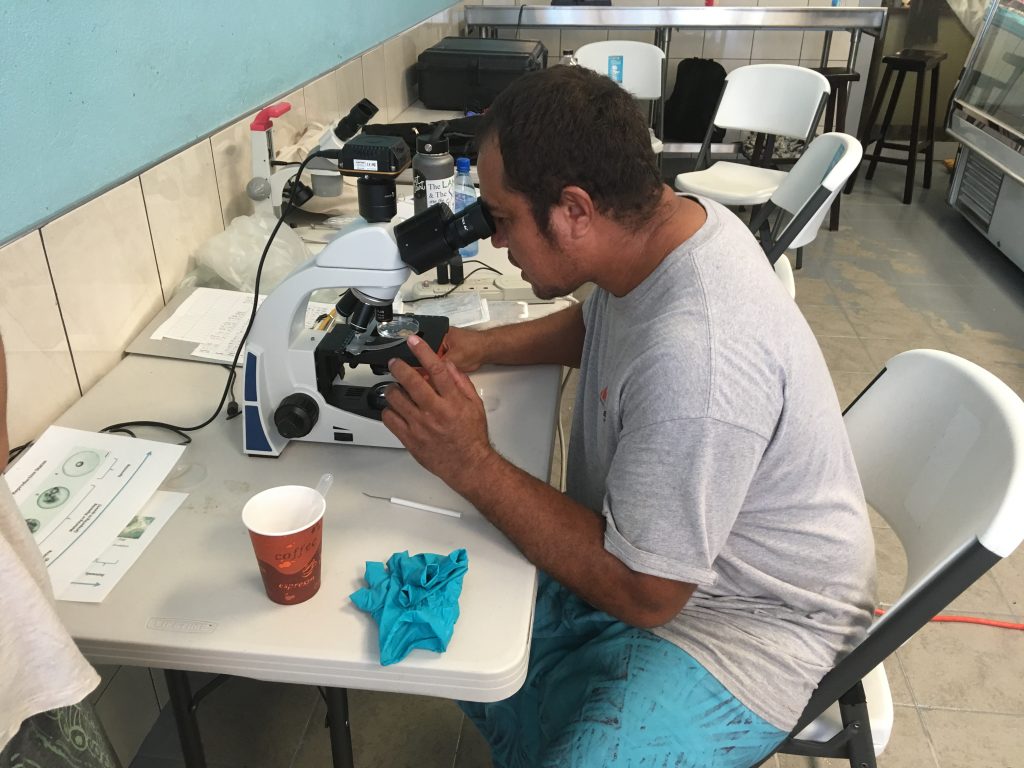

American Samoa Life history and spawning potential ratio assessment
Poseidon teamed up with American Samoa’s Department of Marine and Wildlife Resources (DMWR) to produce age and size at maturity information for three commonly targeted species: Lethrinus rubrioperculatus (filoa), Naso lituratus (umelei), and Chlorurus japanensis (fuga). In order to gather the required data, Poseidon led two three-day workshops in American Samoa for local government employees and fishermen to train staff and stakeholders on
how to process fish samples, determine fish age from otoliths (ear bones) and spawning stage from gonads. The second workshop used the collected life history data to teach participants about different assessment and management tools that can be used by local managers for managing the stocks. This study was funded by The Nature Conservancy under cooperative agreement award #NA16NOS4820106 from the National Oceanic and Atmospheric Administration’s (NOAA) Coral Reef Conservation Program, U.S. Department of Commerce.
Akule aerial abundance survey
An experienced spotter pilot was utilized to locate and estimate biomass of akule schools surrounding the island of O’ahu for the 2015-2016 fishing season. The data were then used to create fishery-independent indices of abundance at varying temporal and spatial scales to compare with indices generated from catch and effort data. The western region of O’ahu has the highest index value, exceeding each of the other three regions by two to three times. A clear temporal trend was also observed; indicies increased from the lowest values during the beginning of the fishing season (Nov-Jan) to the highest values during the peak season (May-July). Trends between fishery-independent and fishery-dependent indices of abundance were similar, which suggests commercial catch and effort data are adequate to track trends in abundance of bigeye scads and inform management decisions.
